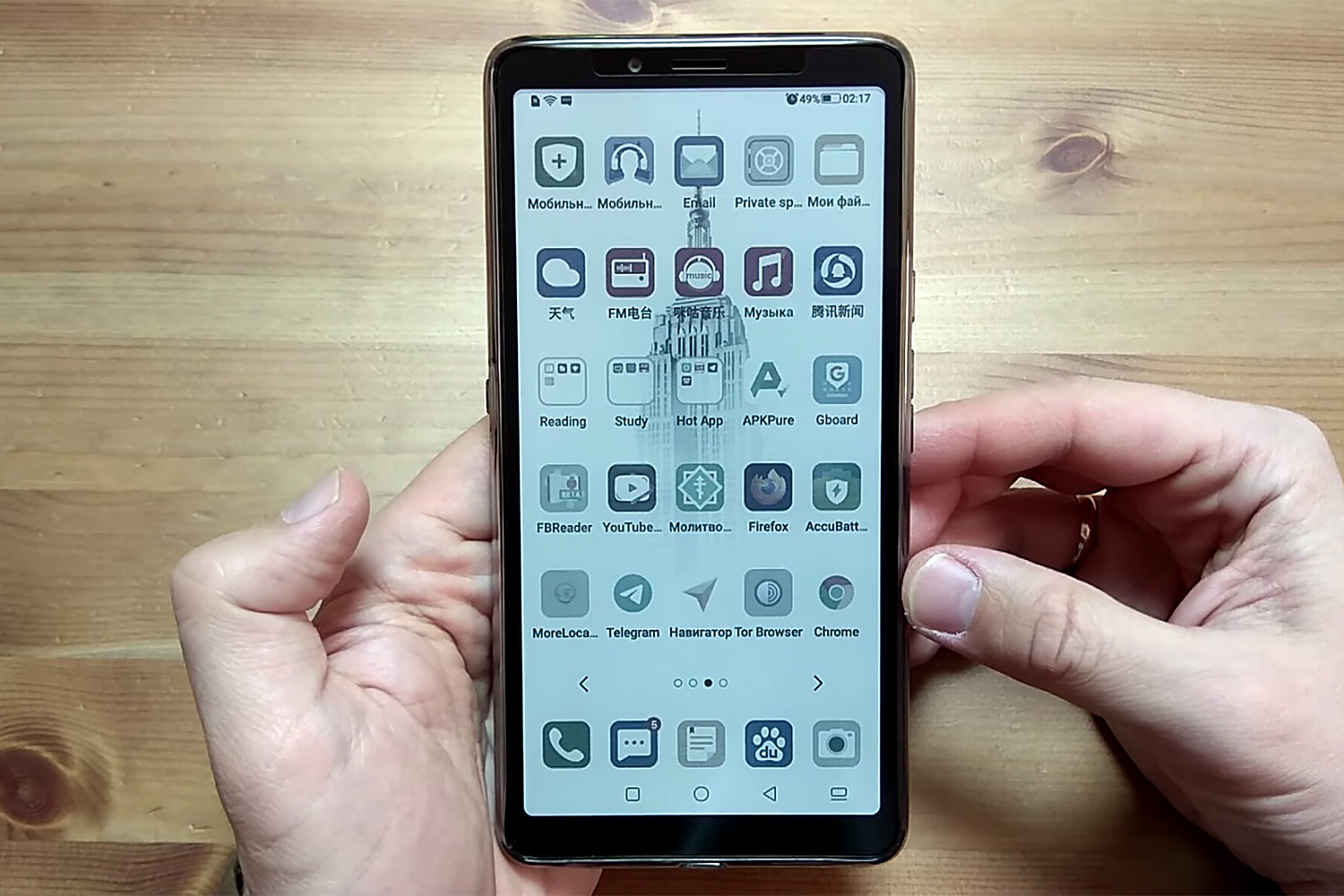Showing 1 - 10 of 26
The hidden dangers of AI
Life, James Hein, Published on 24/09/2025
» There's going to be a lot on artificial intelligence topics this week so let's get started. For the time being, the most common way to leverage an AI product is using a prompt of some kind. To that end, you will see lots of posts on platforms declaring that they have the best god-level prompts for large language models (LLMs). A prompt is something like, "What are the top ten songs from Depeche Mode?", or "Draw me a picture of a frog on a toadstool in the style of Alice In Wonderland with vivid colours". The more detailed and nuanced the prompt, the better the desired outcome tends to be. As with everything in the computer world, there are bad actors looking to take advantage of this.
Online Safety Act is a bad joke
Life, James Hein, Published on 13/08/2025
» The UK now has their Online Safety Act (OSA) and Australia is blindly following in their footsteps. In the UK it didn't take very long for the tech aware under-18s to bypass all the rules and regain access to adult content. Think about it, if China can't completely block everything do you think the UK had any chance? There were some creative solutions but the most common was a simple Virtual Private Network (VPN). In related news, some VPN companies reported a 1,400% increase in sign-ups since the OSA came into force.
What's the state of AI today?
Life, James Hein, Published on 28/08/2024
» Recently, I've talked with a few people about artificial intelligence and watched a few presentations. The gap between what some people think are AI capabilities and actual capabilities is a big one.
Advertising ruins everything
Life, James Hein, Published on 28/02/2024
» Remember this day because I have a prediction. Recently, for the first time, I had two ads appear when watching a Rumble video. Rumble is a YouTube alternative that until now had been ad free. The platform allows those banned by YouTube for political reasons to make their presentations, along with anyone else who wants to post videos. My prediction is that the current ads, currently 30 second ones you can skip after a few seconds that appear at the start of your video, will gradually become more prevalent and longer, without being able to skip, and eventually will become as annoying as Facebook.
Microsoft on the naughty list again
Life, James Hein, Published on 15/03/2023
» Some of you may have already noticed, Microsoft is getting very pushy about installing Windows 11. On one of my machines, it started the process under the guise of a standard update. Softwarekeep.com has an excellent article titled "How to Cancel Windows 11 Update and Stay on Windows 10" that covers many ways to handle this. One option is to revert back to Windows 10 within 10 days of Windows 11 being installed, found here: Start menu > Settings > Windows Update > Advanced options > Recovery > Previous version of Windows. After this arbitrary 10 days, you need to do a clean Windows 10 install. I also recommend the free Windows Update Blocker, currently at version 1.7, as a way to control your Windows updates.
Colour e-ink phones are here
Life, James Hein, Published on 31/08/2022
» It seems like it has taken forever, but colour e-ink phones are finally starting to arrive. Enter the Hisense A7 CC, with a 6.7-inch screen that can display 4096 colours at 100ppi.
Moving images to the next level
Life, James Hein, Published on 16/03/2022
» Let's start this week with a couple of software and technology announcements. The first is from the developer Dominic Szablewski. He has developed a simple, new image format. You will have heard of PNG, JPEG, MPEG, MOV and MP4, which he calls complex. Enter the Quite OK Image Format (QOI). Most of the older formats are closed, need libraries and a lot of computing power to implement and use.
Chinese tech companies are at it again
Life, James Hein, Published on 12/05/2021
» A reminder on the importance of both scalable systems and load testing. The recent Philippines' attempt to expand its national ID programme had a number of issues when they introduced a two-factor authentication system. PhilSys, as it is known, started out just fine when registrations began in 2020, when paper forms were still used. This in itself was a little strange as the purpose of the new system was to do away with the need to present physical documents when interacting with government agencies. PhilSys the digital ID system was marketed as such and promised transformation and other buzzwords including easier opening of bank accounts. All of this would also help everyone involved during Covid times. After 28 million paper applications, the digital system was turned on and in the first hour 40,000 people tried to register. The system promptly fell over due to the load and inability to scale quickly. Most IT people will admit to a similar experience in their past, but by 2021 there are surely enough historical examples of what will happen if you don't do sufficient load testing before a major release like this.
Transpacific cable is cut, for now
Life, James Hein, Published on 16/09/2020
» In light of the problems between the USA and China, and that those in power in Beijing want to grab data from US networks, Google and Facebook have dropped plans to build an undersea cable between the US and Hong Kong. The new target limits the landing points to the Philippines and Taiwan and now excludes Hong Kong. The HK section of the cable is built but will not now be activated due to a national security agreement between the US and Google and Facebook. I will predict that if Joe Biden wins the next US election this decision will be revisited.
Fujitsu in first big WFH move
Life, James Hein, Published on 15/07/2020
» - As predicted, Fujitsu provided a great example when it announced the permanent closure of half of its office real estate in Japan. They will instead have 80,000 workers working from home permanently. This is a huge redefinition of work culture in the wake of the Covid-19 outbreak. Called the "Work Life Shift" campaign, Fujitsu is to study data on how employees use offices, with a view to giving them more tools and options to work from home, at hubs or be more mobile. This will end the habit of employees commuting to and from offices. It also indicates the allowance of a higher degree of autonomy based on the principle of trust, Fujitsu announced.












